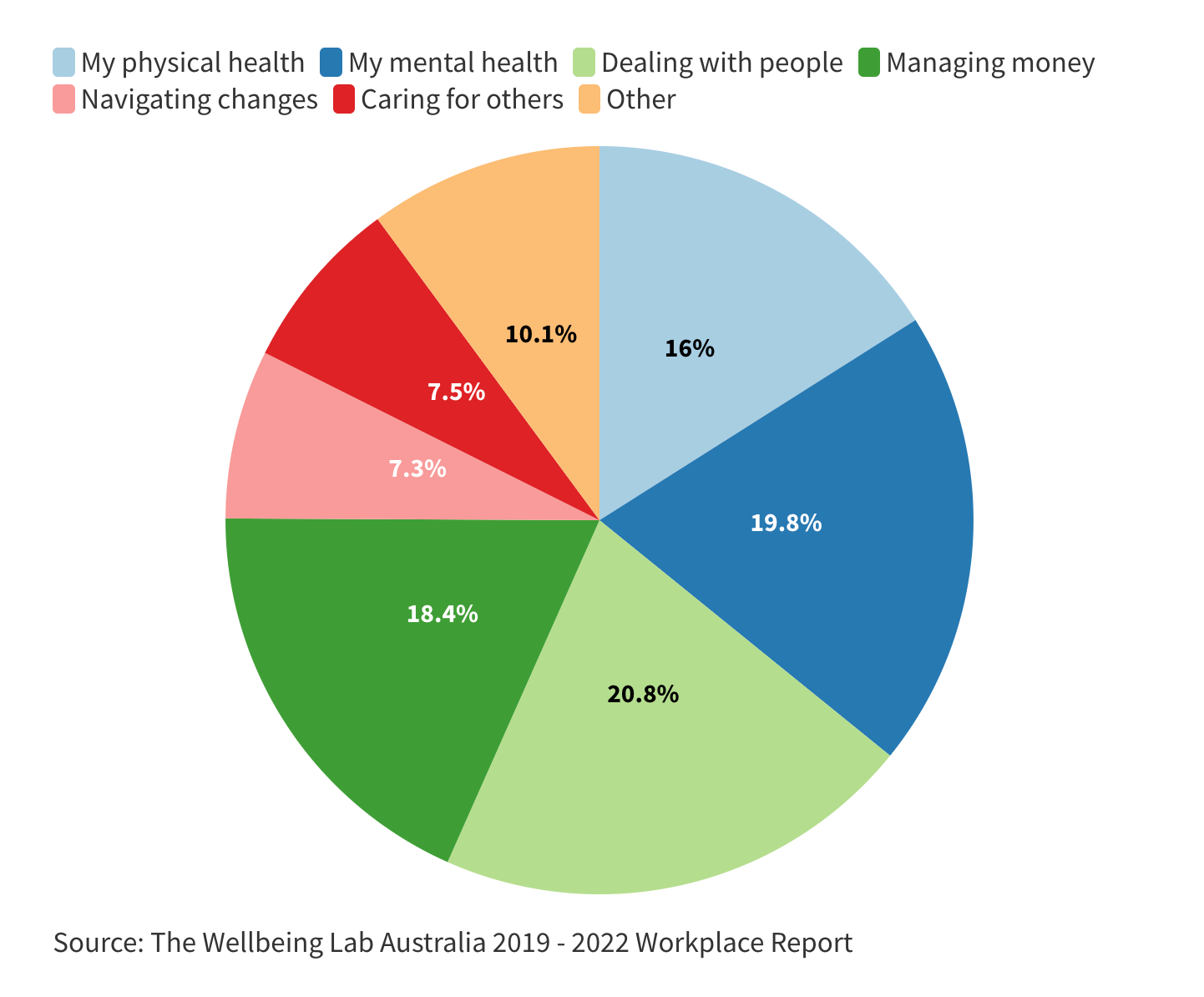How to make well-being your #1 retention strategy in 2023
Burnout, change fatigue, overwhelm and exhaustion. Are these familiar terms? For the last 2 years we have been reminded to be resilient, adaptable, even pivot to out survive the pandemic. But has this all taken its toll on business owners and their workforce? I think you know the answer. But it’s not just Covid hangover that is impacting workplace well-being. We are also facing a tough employment market; with the lowest unemployment rate we have seen since August 1974. And this means existing resources are being stretched even further.
Today, employee well-being has expanded beyond physical well-being to focus on building a culture of holistic well-being including physical, emotional, financial, social, career, community, and purpose. – The Future Of Work Is Employee Well-Being, Jeanne Meister, Forbes, Aug 4 2021
A focus on well-being could be the shining light.
If there is one thing the tight labour market has shown us it is that competitors are actively trying to lure your best talent away by increasing salary ranges, offering sign on bonuses, and pitching well-crafted employee value propositions. What can you do? Well, you can’t be complacent. And you do need to show you care. You need to focus on providing your staff with a work place they value and where they feel heard so they will think twice about moving to the unknown. And the opportunity that presents itself is Employee Well-being.
If you are not focusing on employee well-being you are at risk of losing your best people. A study by Qualtrics with 1605 participants in May of 2022 found that:
“55% of employees would leave their employment if well-being was not prioritised in a meaningful way.”
Lower levels of well-being can affect employees in several ways and have a direct impact on the business:
- Increased absences and presenteeism.
- Strained relationships between co-workers
- Lower levels of trust/ mistrust in management.
- Employees disengaging or ‘quiet quitting’
- Deteriorating quality of work, especially from previously high performers.
- Physical and mental health implications. i.e lack of sleep, burnout.
The number of employees struggling with well-being has risen by 40% since 2021
A new report by The Wellbeing Lab and AHRI shows the main sources of struggle are dealing with people; mental health, managing money and physical health. Many factors can be contributing to this such as working from home; returning to the workplace; work overload or organisational change as well as economic uncertainty. One thing for certain is that the boundaries between work and home life have become blurred at the same time we are all seeking better work-life balance.

Your workplace can play a positive role in improving employee well-being.
Are you up for the challenge?
“Improving the health and well-being of our employees makes good business sense. As a leading provider of workplace health services, we see every day the difference it can make to a company’s bottom line and the impact it can have on employee morale and motivation. It offers a” win-win” all round. Employees benefit from better support for their health. Companies benefit from less absence and improved productivity. And society benefits from improved public health.” – Steve Flanagan, Commercial Director, Bupa
Here are Ten things you can do:
- Foster a sense of belonging. Understand whether your people feel connected with the business and their role by completing an Employee Engagement survey such as Fusion Culture.
- Ensure you have clear job descriptions and that people have the capacity and skills to meet their KPI’s.
- Provide career guidance; determine where staff are in their career path by using tools like Career Monitor and provide opportunities for career growth and development.
- Provide timely feedback on performance. Ensure to focus not only on areas to improve but also on positive feedback. Listen to employees, they want to know that their skills and abilities are being used to its full extend to make a difference.
- Empower staff to ask for support and provide support when requested.
- Empower staff to push back when they are at capacity.
- Provide staff with resources to cope with job pressures, this can be done by offering greater flexibility, coaching, well-being training/programs and providing access to resources such as HeadGear a free and easy-to-use smartphone app designed by Black Dog Institute to build resilience and wellbeing. Download it for free here access to services like yoga, meditation, and wellness programs.
- Build your employees problem solving skills.
- Focus on work-life balance, ensure tasks can be completed during working hours.
- Offer flexibility where possible.
When employees’ levels of stress tip over to unsustainable levels, it’s about tapping into the resources at their disposal. Resources make or break whether employees can cope with the demands of their work. – Laura Harding, EX Product Scientist, Qualtrics
At Howardco we believe that a business is only as strong as its people. Over the last 12 years we have supported our clients to get the best out of their teams. Contact us today if you want practical guidance on building your employee well-being strategy.


















